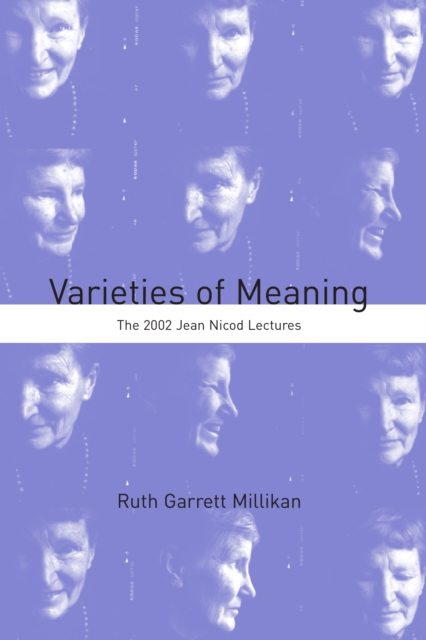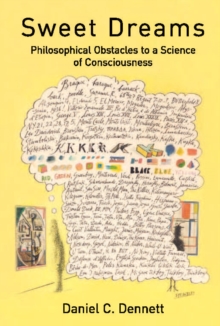
Varieties of Meaning : The 2002 Jean Nicod Lectures PDF
by Ruth Garrett Millikan
Part of the Jean Nicod Lectures series
Description
Many different things are said to have meaning: people mean to do various things; tools and other artifacts are meant for various things; people mean various things by using words and sentences; natural signs mean things; representations in people's minds also presumably mean things. In Varieties of Meaning, Ruth Garrett Millikan argues that these different kinds of meaning can be understood only in relation to each other.
What does meaning in the sense of purpose (when something is said to be meant for something) have to do with meaning in the sense of representing or signifying? Millikan argues that the explicit human purposes, explicit human intentions, are represented purposes. They do not merely represent purposes; they possess the purposes that they represent. She argues further that things that signify, intentional signs such as sentences, are distinguished from natural signs by having purpose essentially; therefore, unlike natural signs, intentional signs can misrepresent or be false.
Part I discusses "Purposes and Cross-Purposes"-what purposes are, the purposes of people, of their behaviors, of their body parts, of their artifacts, and of the signs they use. Part II then describes a previously unrecognized kind of natural sign, "locally recurrent" natural signs, and several varieties of intentional signs, and discusses the ways in which representations themselves are represented. Part III offers a novel interpretation of the way language is understood and of the relation between semantics and pragmatics. Part IV discusses perception and thought, exploring stages in the development of inner representations, from the simplest organisms whose behavior is governed by perception-action cycles to the perceptions and intentional attitudes of humans.
Information
-
Download - Immediately Available
- Format:PDF
- Pages:254 pages
- Publisher:The MIT Press
- Publication Date:11/08/2006
- Category:
- ISBN:9780262279895
Other Formats
- Paperback / softback from £14.19
Information
-
Download - Immediately Available
- Format:PDF
- Pages:254 pages
- Publisher:The MIT Press
- Publication Date:11/08/2006
- Category:
- ISBN:9780262279895










